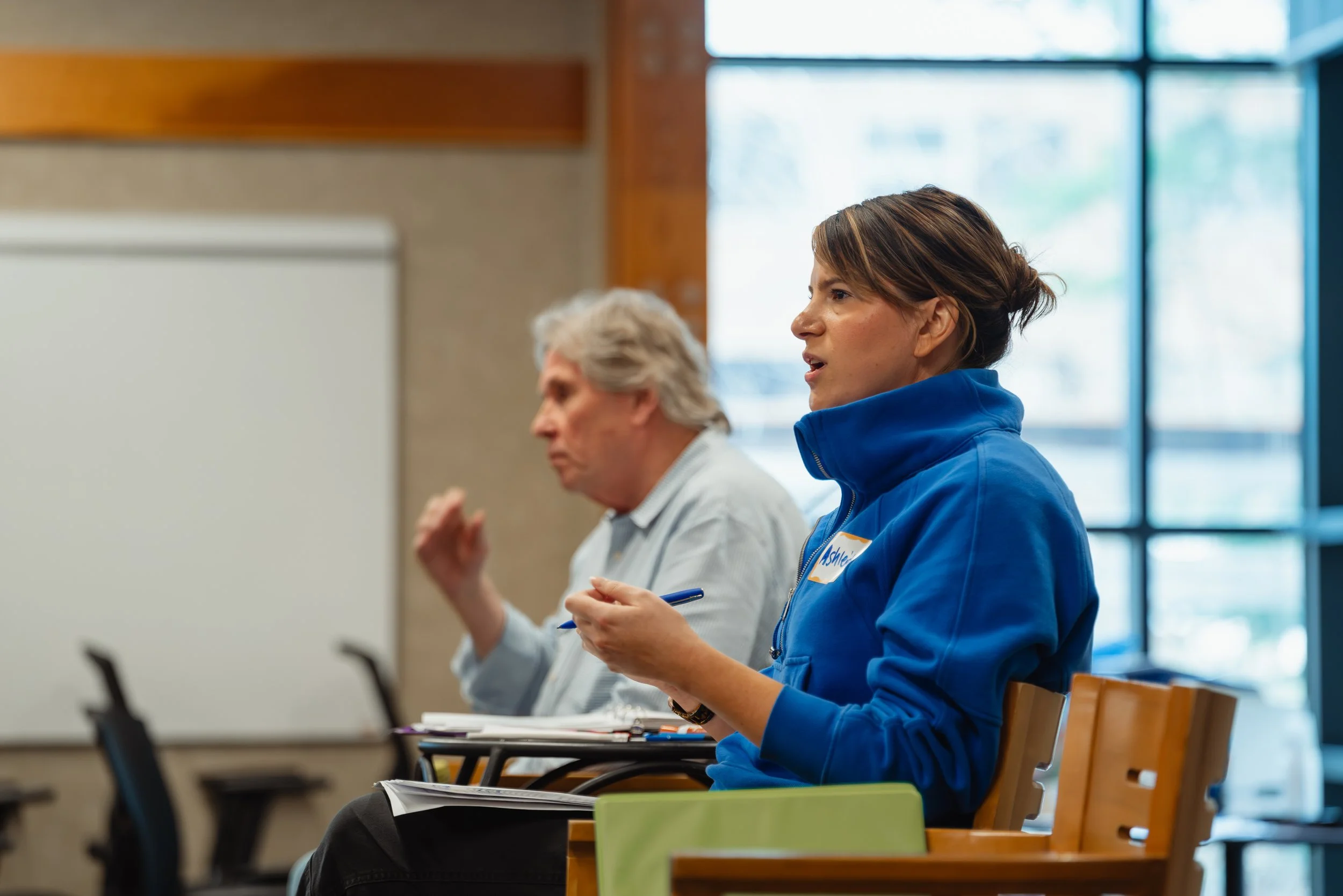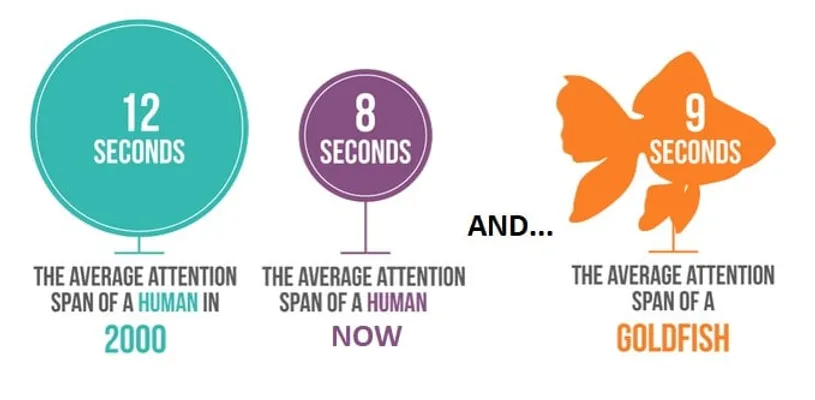
our services
OUR MISSION
While our facilitators and consultants are some of the most experienced and brilliant in the field, it's not just about us thinking...it's about getting your participants thinking! We use a dynamic blend of the Socratic technique and direct questioning, which draws out the knowledge of the participants in a way that fuels thoughtful and insightful dialogue.
When combined with strong industry experience and knowledge, it creates a powerful and effective learning environment.
Redefining the Training Environment
How We Get Results
Training worth your investment. Guaranteed.
Attention spans are shrinking…
…and far too often, uninspired content and the overuse of PowerPoint translates into a training environment where participants are checked out.
Attention spans have been shrinking for the past 20 years. It’s more important than ever for you to either have training that is in motion, or at the very least changes delivery modality as frequently as possible. Our training is designed with the average attention span of an adult in mind.
The most common delivery modality participants experience elsewhere is static delivery. Both PowerPoint delivery and lecture are static delivery. Either there is no movement, or the movement is slow or predictable enough to be processed as static. Once a presenter enters static delivery mode, there is the opportunity for the participant to check out, and once they checkout it may be difficult to get them to check back in.
This brings us to one of the foundations of our delivery philosophy.
We believe in Theatrical Dynamic Delivery as opposed to Static Delivery.
Dynamic keeps a listener engaged because physically or conceptually, and sometimes both, the message is changing at usually far less than 8 second intervals.
Our Methods
Let’s look at the three delivery methods we primarily employ from the standpoint of being dynamic.
LIVE THEATER
The ultimate in sensory engagement, except for some virtual reality formats, is live theater. In live theater there is auditory engagement, visual engagement, kinesthetic engagement, emotional engagement, and there can be musical engagement. Additionally, it is delivered in three dimensions, and if the performance is well written, it can even function in the fourth dimension of time. With all of these points of sensory engagement, the 8 second window is easily met with live theater.
VERBAL SEMI-THEATRICAL STORYTELLING
An effective story teller, when presenting a narrative, forms a moving image of a plot line or dramatic arc. The more effective the storytelling, the more drawn in the listener is to the moment to moment events of the story. Each of these events, again, when the story is well told, lasts far less than the 8 second attention interval, allowing the listener to stay engaged.
VIDEO & FILM
Filmmakers long ago realized the power of “Motion-Pictures” or literally, pictures in motion, to engage and hold an audience’s attention. In the case of film and video, the presenter can engage two sense simultaneously, sight and hearing. One might even argue that when there is spoken word and a visual, along with a musical soundtrack, we are engaging even more senses. Movies can be so engaging because they literally are engaging physiologically a huge part of us as human being.
Dialogue with participants in ways that help them understand how they can adopt the content to their specific work environment is woven in throughout. Because we do not use instructors, but rather experienced facilitators and actors, this dialogue deepens a participants understanding of the material but more importantly the application of that material on the job.
85 percent of our work with your participants falls into one of these three categories above, or in dialogue with them. Yes, from time to time we do use lecture, and even a few PowerPoint slides now and then, which fills up the other 15 percent of the time.
This is why our work is transformational.
It grabs and holds a participant’s attention for a continued period of time while the learning from that engagement can be received, processed, and internalized.







